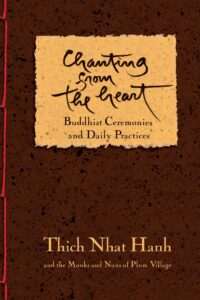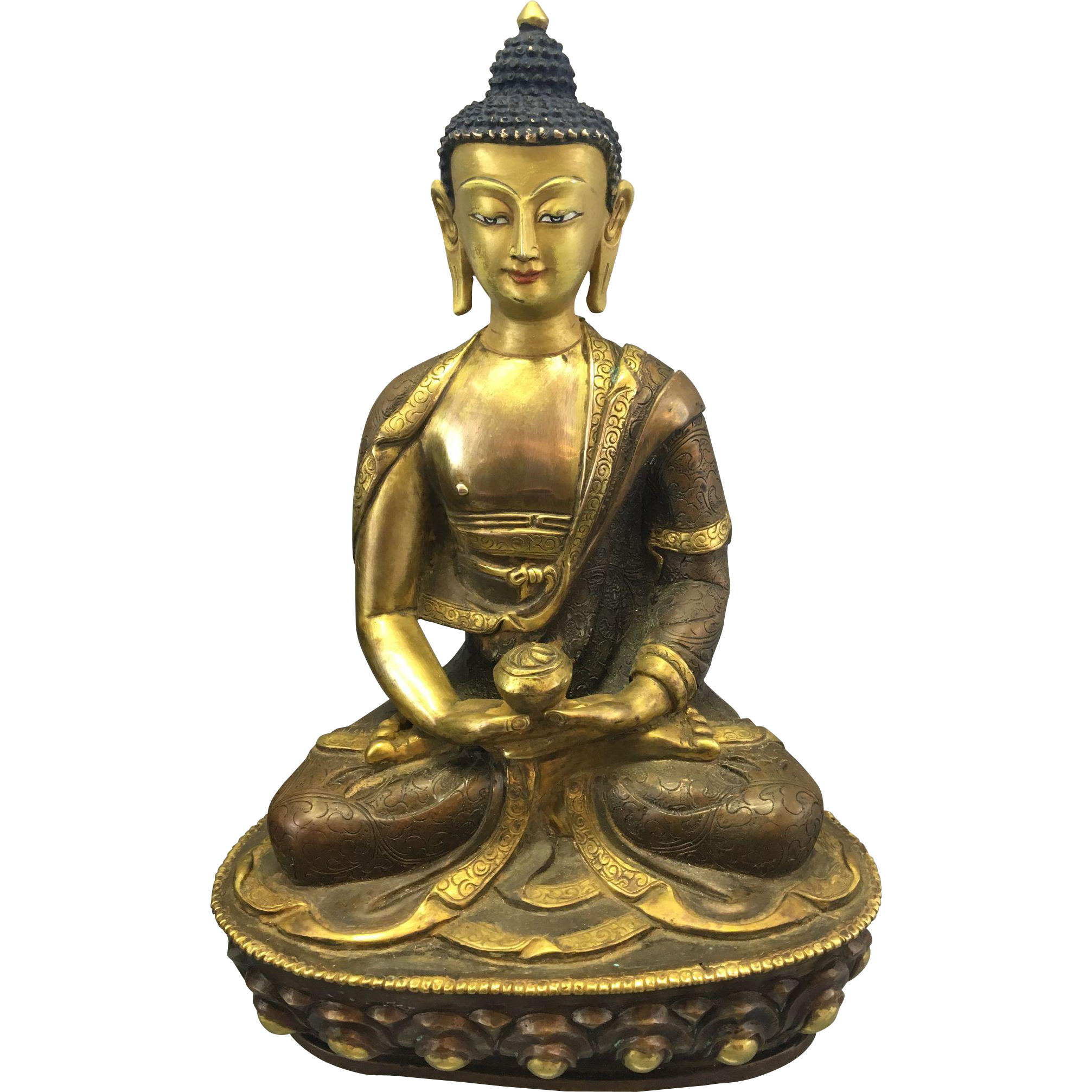Welcome to our fifty eighth online suggested practise for the week. We are now broadcasting a live teaching each Monday evening. If you would like to participate please contact us using the contact form on the homepage.
1.0) If you feel so inclined, begin by reciting the usual prayers (please follow below links for text). Alternatively, try to think or articulate a wish for all beings to achieve liberation from suffering, etc .
Four Thoughts: contemplating each in turn – http://northantsbuddhists.com/the-four-thoughts/
Refuge Prayer: twice in Tibetan, once in English – http://northantsbuddhists.com/the-refuge-prayer/

2.0) Who was Jetsunma Tenzin Palmo – Presented by Dee Cormack
Jetsunma Tenzin Palmo was born in England in 1943 and named Diane Perry.
She and her older brother were raised by her mother in the Bethnal Green area of London after her father’s death when Diane was 2 years old. Mrs Perry was a spiritualist who held séances in the family home, and Jetsunma credits this as being a strong and positive influence on her development as a seeker of truth.
Aged 18, she realised she was a Buddhist while reading the book “The Mind Unshaken” by John Walters.
After leaving school she worked as a librarian at the Hackney Public Library and then SOAS (The School of Oriental and African Studies) in London, saving enough money to leave England in 1964, sailing to India to pursue her spiritual path.

Diane Perry (centre) at a family wedding in the 1950s
She headed north to Dalhousie in Himachal Pradesh, where she had arranged to work with an expat Englishwoman named Freda Bedi, who had opened a school for young reincarnated lamas among the exiled Tibetan community.
On her 21st birthday in June 1964, the school had a special guest: His Eminence the 8th Khamtrul Rinpoche, a great Drukpa Kagyu lama.
Diane recognised him immediately as her Guru and asked him if she could become a Nun. Aged 21, only 3 months after arriving in India, the newly named Drubgyu Tenzin Palmo became one of the first Westerners to be ordained as a Tibetan Buddhist monastic.
In 1967 she received the sramanerika ordination at Rumtek Monastery in Sikkim from H.H. the 16th Karmapa.

Ordained in 1964, aged 21
Tenzin Palmo was based with Khamtrul Rinpoche and his community first in Dalhousie and later at the monastery of Tashi Jong, near Palampur, Himachal Pradesh for six years until 1970, when he directed her to the Himalayan valley of Lahaul in order to undertake more intensive practice. She stayed in Tayul Gompa, a small Lahauli monastery for the next 6 years, remaining in retreat during the long winter months.
Then in 1976, seeking more seclusion and better conditions for practice, she found a cave a couple of hours hike from Tayul, at 13,200 feet above sea level. The cave was enhanced by building enclosing walls, creating a living space around 6 feet (1.8 metres) square.

H.E. 8th Khamtrul Rinpoche
In the summer months supplies were delivered from Keylong and she grew turnips and potatoes nearby. She stockpiled for winter, when the cave was snowbound. She slept and meditated upright in a meditation box.
Despite many hardships and life-threatening experiences, Tenzin Palmo thrived in her solitary spiritual practice and lived in the cave for 12 years, from the ages of 33 to 45. For the first 9 years she occasionally had visitors or took trips away from the cave, while the last 3 years were spent in strict retreat.
Her retreat ended in summer 1988 and after 24 years in India, she returned to Europe to stay with friends in Assisi, Italy. There she rediscovered her western roots and started to accept requests to teach.

Receiving bhikshuni ordination in Hong Kong 1973

Tenzin Palmo drying out furniture at her Cave in the early 1980s.
Before H.E. Khamtrul Rinpoche passed away in 1980, he had on several occasions requested Tenzin Palmo to start a nunnery. She understood the importance of this and remembers when in 1993, his recincarnation, H.E. the 9th Khamtrul Rinpoche together with the Lamas of the Khampagar monastery at Tashi Jong again made the request.
This time Tenzin Palmo was ready to take on the formidable task. Legal preparations began, suitable land was found near Tashi Jong and she began slowly raising support worldwide.
After the publication of her biography “Cave in the Snow” by Vicki MacKenzie in 1998, her profile increased exponentially and she began annual international teaching tours to raise funds.

Tenzin Palmo and H.E. the 9th Khamtrul Rinpoche in 2002
In January 2000 the first nuns arrived while Tenzin Palmo was still based at Tashi Jong and in 2001 construction began at the Padhiarkar site. H.E. Khamtrul Rinpoche gave the nunnery the name Dongyu Gatsal Ling, which translates as “Garden of the Authentic Lineage”.
Today, DGL is fully completed and provides educational and spiritual instruction to over 100 nuns.
In February 2008 Tenzin Palmo was given the rare title of Jetsunma, which means Venerable Master, by His Holiness the 12th Gyalwang Drukpa, Head of the Drukpa Kagyu lineage in recognition of her spiritual achievements as a nun and her efforts in promoting the status of female practitioners in Tibetan Buddhism.

Jetsunma at her enthronement in Kathmandu 2008
Tenzin Palmo spends most of the year at Dongyu Gatsal Ling Nunnery and occasionally tours to give teachings and raise funds for the ongoing needs of the DGL nuns and Nunnery.
In addition to her role as Founding Director of Dongyu Gatsal Ling Nunnery, Jetsunma is President of Sakyadhita International Association of Buddhist Women, Founding Director of the Alliance of Non Himalayan Nuns; Ho
norary Advisor to the International Network of Engaged Buddhists and Founding Member of the Committee for Bhiksuni Ordination.
To find out more about Jetsunma Tenzin Palmo’s life, read Vicki Mackenzie’s biography Cave in the Snow published by Bloomsbury, and see the ‘Cave in the Snow’ DVD directed by Liz Thompson and narrated by Rachel Ward.
–0–
2.1) Buddha’s Five Remembrances (offered by Thich Nhat Hanh in The Plum Village Chanting Book) – Presented by Bob Pollak

The Buddha said: “When one perceives impermanence, the perception of no-self is established. With the perception of no-self, the conceit of ‘I’ is eliminated, and this is nirvana here and now.”
I am of the nature to grow old. There is no way to escape growing old.
I am of the nature to have ill health. There is no way to escape ill health.
I am of the nature to die. There is no way to escape death.
All that is dear to me and everyone I love are of the nature to change. There is no way to escape being separated from them.
My actions are my only true belongings. I cannot escape the consequences of my actions. My actions are the ground upon which I stand.
–o0o–
